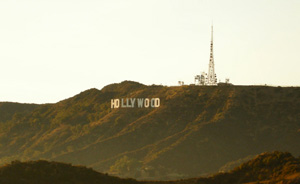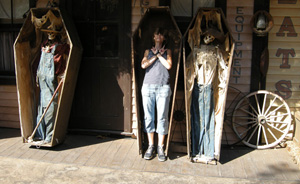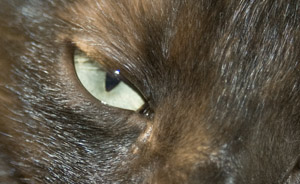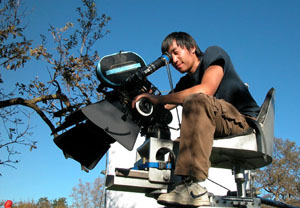Listerine is a brand of antiseptic mouthwash, it kills germs that causes bad breath.
 Listerine helps strengthen teeth, freshen breath, kills bad breath germs and cleans the whole mouth. The product is to provide you with a fresher breath and to feel fresh every morning.
Listerine helps strengthen teeth, freshen breath, kills bad breath germs and cleans the whole mouth. The product is to provide you with a fresher breath and to feel fresh every morning.In the 1920's the target audience for the Listerine product were mainly achieve to young women's. Listerine capitalized on the fact that as young women age they couldn't find their true love because of their bad breath, they were unaware that even though he loved her, he couldn't stand the bad smelling breathe from the women mouth. This represents women as being weak without a husband or subservient to men. Essentially, Listerine wanted all of the single women's to believe the reasons they couldn't find a man to settle down with was because they had breath and none of their friends wanted to tell them. Listerine was to show that if the single women's used their mouthwash they wouldn't have to worry about it anymore.
In the poster words like tragic and pathetic are used to make women afraid of being single. This was commonly used in the past adverts to persuade young women's buying the Listerine product, so they don't have a bad smelling breath.
There is also repetition of the word bad breathe used in the poster to persuade you buying the Listerine product.This gives you more advice's of why should buy their product, it reminds you of your bad experience having a bad breath so it persuades you to buy their product in order to live a happy life.



























